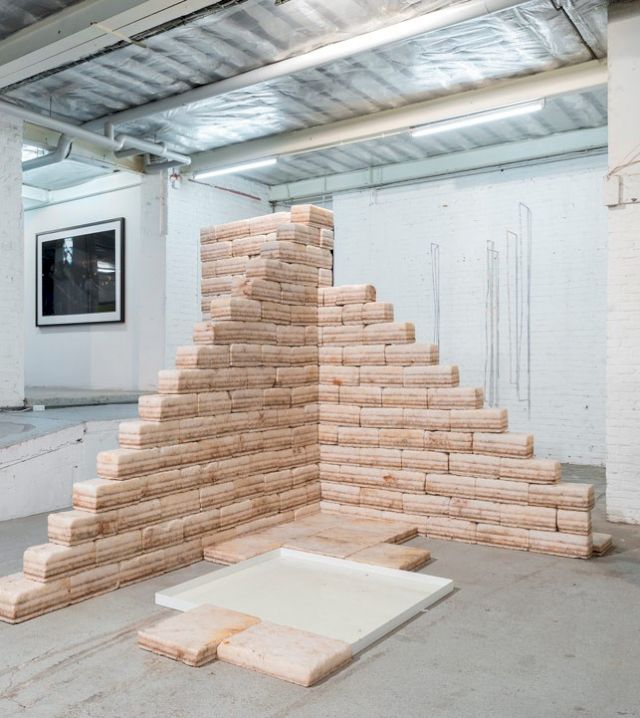BMW Art Guide by Independent Collectors
Generative Grammars
Servais Family Collection – Brussels, Belgium

The collector, Alain Servais, is noted for his willingness to actively engage in discussions about the philosophy of collecting and has spoken in interviews of collecting as an intrinsically creative act. Speaking to Agnese Civle of Arterritory.com, Servais is quoted as saying “a collection is not about accumulation—it is about creation.” To understand what Servais may mean by this remark, it could be helpful to think of art not only as a form of expression, but as a kind of metaphoric language. Servais frequently cites the collector, Mera Rubell’s, famous quotation, “art is a language which opens your heart to the Other”, and he has often spoken of his own approach as being almost linguistic in nature. When asked by the BMW Art Guide by Independent Collectors as to why he collects, Servais replied: “To express myself. Adding my ‘sentence’ around the ‘words’ created by the artists.” Collecting, therefore, is a kind of syntax, a generative grammar that produces new meanings by virtue of its capacity to make its constituent parts legible to others. Such a dynamic understanding of the role of the collector means that the Servais Family Collection, which Servais administers is constantly evolving.
The expanding vocabulary of images that make up the sentences Servais constructs from his collection are powerfully expressive in their own right. Some artists in the Servais Family Collection are directly concerned with language, for example, Jenny Holtzer and Gilbert and George. In other cases, the collection explores the ways in which artists whose oeuvre is less concerned with language as such can be brought into dialogue with other works from the past and present. For example, the collection also includes pieces by canonical figures such as Frank Stella and Robert Rauschenberg, as well as photographs by artists like Nan Goldin and Andreas Serrano, who are as much interested in challenging understandings of what can be art and who it should represent as in image production itself. The intense explorations of mortality, sexuality and presence characteristic of the works of Goldin and Serrano are major undercurrents in the collection as a whole, which also features works by artists who are only recently receiving recognition by western cultural institutions. Work by contemporary Middle-Eastern artists like Ghada Amer and Iman Issa, for instance, also feature in the Servais Family Collection, and they, too, explore the contours and taboos of the nexus of sexuality and social convention. Unafraid of seeking out difficult works and producing challenging aesthetic confrontations, Servais cites Herman Daled as a key influence in understanding the way art and collecting relate. Servais has taken Daled’s injunction that “art should disturb” to heart, collecting, for example a selection of Cindy Sherman’s images of dolls, and, through those works, delving into the unsettling creations of the early 20th century Polish-German artist, Hans Bellmer.

In addition to the works that compose the Servais Family Collection, Servais has also initiated a residency programme at a warehouse space in north Brussels in the municipality of Shaerbeek. I spoke to a recent resident of the programme, the curator, Angels Diaz Miralda Tena. Tena praised Servais’ approach, noting that he brings a unique perspective to collecting and display, a perspective and that he is not afraid of expressing boldly. She also noted his openness in providing a space for art practitioners to develop their own ideas and to manifest them. “Art,” Servais said in an interview with Selina Ting of InitiArt magazine, “should teach me something that I don’t know about myself or my environment.” As the Servais Family Collection continues to grow—like language itself, constantly reinventing itself as it collides with cultural practices—it serves as a potent reminder that learning is an ever-unfolding process, never a destination.
William Kherbek is the writer of the novel "Ecology of Secrets" (2013, Arcadia Missa) and "UltraLife" (2016, Arcadia Missa). His art journalism has appeared in a number of publications in the UK, US, Germany, Switzerland and Romania.
All images courtesy Servais Family Collecton, Brussels